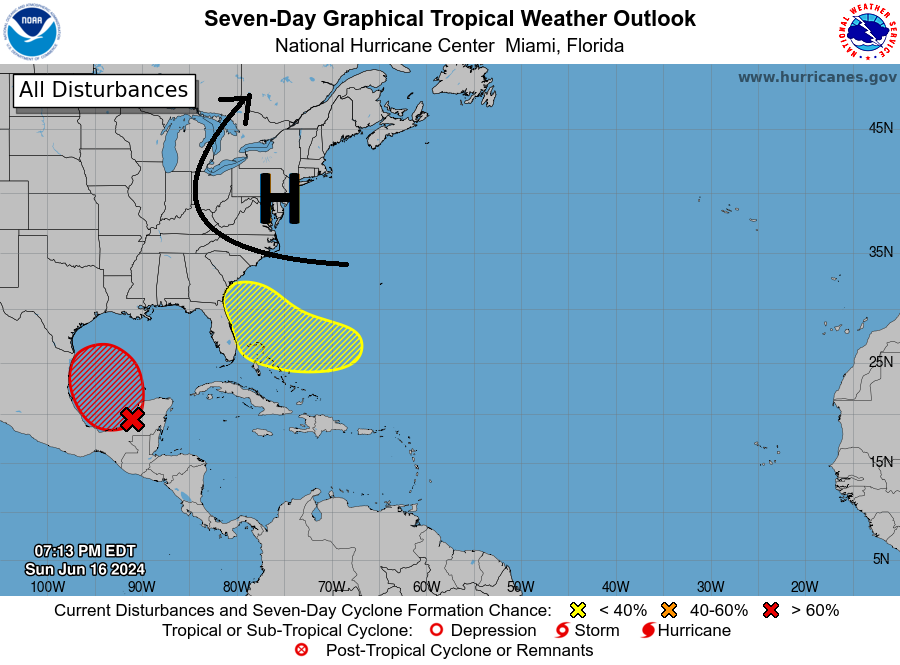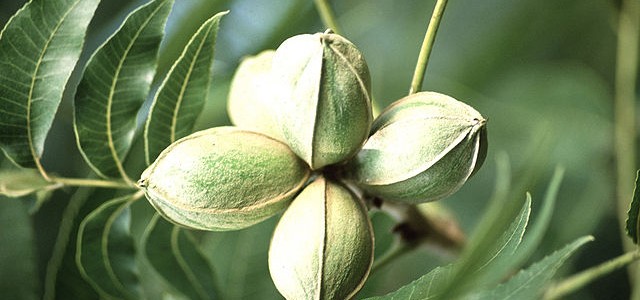-

The latest tropical outlook from the National Hurricane Center shows Potential Tropical Cyclone 1 strengthening in the SW Gulf of Mexico. It is expected to continue to strengthen into TS Alberto before it makes landfall on Mexico. It won’t affect us in the Southeast but could bring a lot of rain to southern Texas. There…
Posted in: Tropical weather -

The summer solstice for the Northern Hemisphere this year occurs on June 20, just a couple of days from now. The summer solstice is the date on which the sun appears to be highest in the sky. This means the longest day of the year and then the slow decrease of day length through the…
-

The National Hurricane Center is currently watching two areas of concern for tropical development later this week. While neither is a big concern for a hurricane, both have some potential for a tropical storm. The 70% area (in red) in the southern Bay of Campeche has the best chance of development but the circulation around…
Posted in: Tropical weather -

This week NOAA announced the end of the latest El Nino event, as ocean conditions in the Eastern Pacific Ocean returned to normal temperatures as they swing from unusually warm conditions (associated with the El Nino) to colder than normal temperatures associated with La Nina. Their forecast indicates that we will probably be in La…
Posted in: El Nino and La Nina -

We grow a lot of pecans here in the Southeast, and farmers are always looking for new markets for pecan products. Modern Farmer posted a story this week about the potential for pecan milk, joining the ranks of other plant-based beverages like almond, soy, coconut, and other nut milks. The story discusses the benefits of…
-

NOAA released their latest monthly climate summary for the globe last week. It shows that globally, this was the warmest May since records began for the earth as a whole in 1880. It is the 12th month in a row that has set a global record for warmth. The global oceans have been record-setting warm…
Posted in: Climate summaries -

The latest Drought Monitor, released earlier this week, shows that the high temperatures combined with limited rainfall in most areas led to an increase in abnormally dry (D0) and drought conditions in parts of the region this past week. A large area of abnormally dry conditions formed in Virginia with smaller increases in other states…
Posted in: Drought